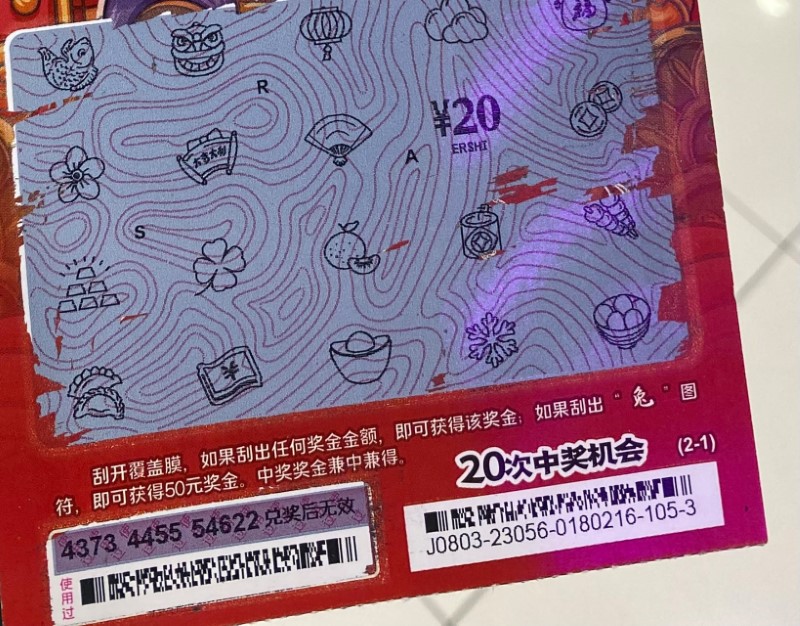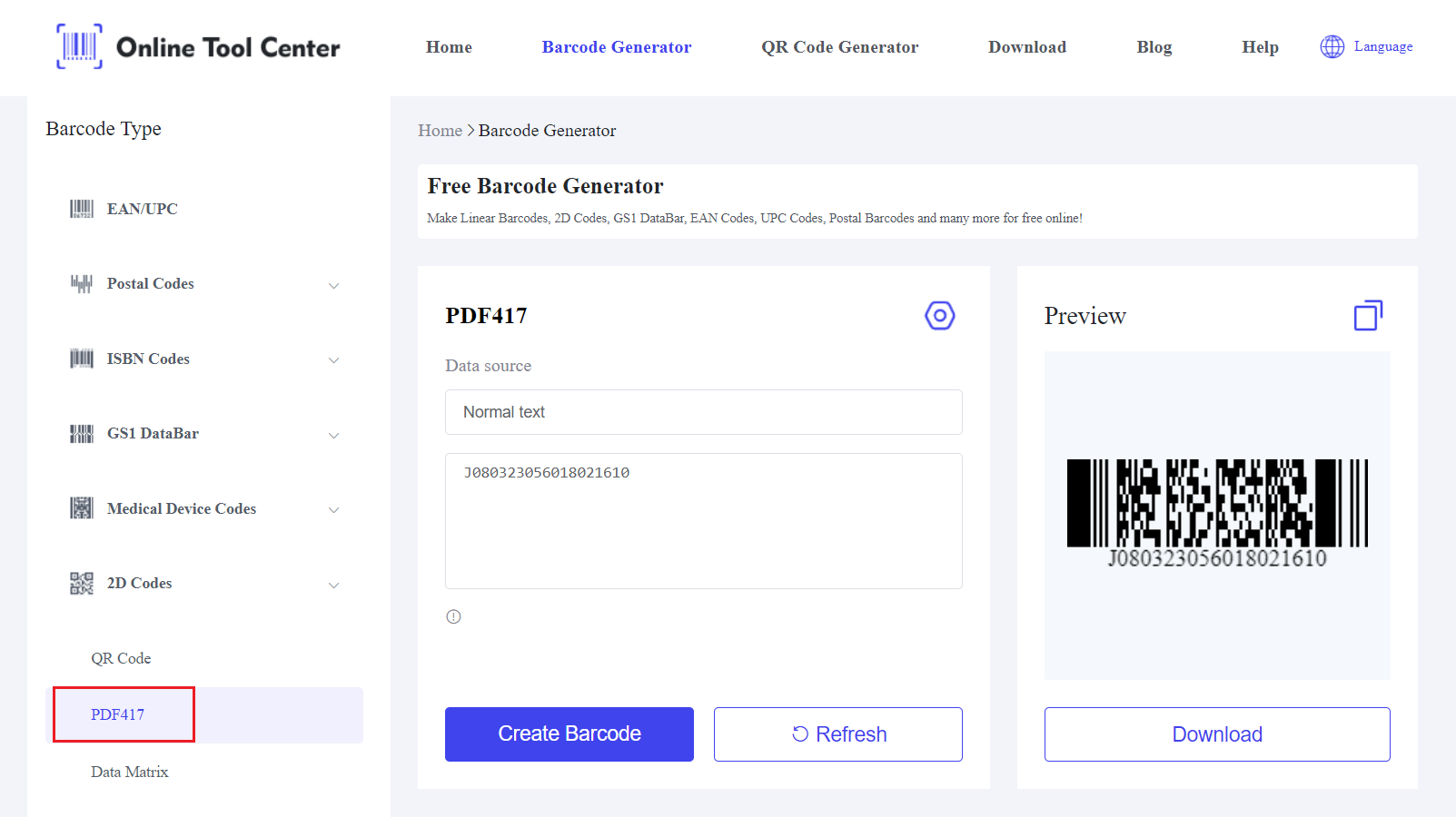In the diverse world of barcode technology, scratch barcodes stand out as a unique and specialized application. These innovative codes, commonly found on lottery tickets and secure documents, combine data storage capabilities with an interactive user experience.
This comprehensive guide explores the intricacies of scratch barcodes, their varied applications, and the technical aspects of their functionality.
Understanding Scratch Barcodes
Scratch barcodes, also known as concealed barcodes, are a type of barcode technology designed to keep information hidden until deliberately revealed.
They consist of a standard barcode covered by an opaque, removable layer, typically scratched off to expose the underlying code.
Benefits of Using Scratch Barcodes
The use of scratch barcodes offers several advantages:
1. Enhanced Security: The primary benefit of using a scratch barcode is the added layer of security it provides. Since the barcode is hidden until scratched off, it ensures that sensitive information is protected until it is meant to be accessed.
2. Customer Engagement: Scratch barcodes add an element of excitement and interactivity for customers. Whether it's a lottery ticket or a promotional scratch card, the act of scratching off to reveal a potential reward can create a memorable experience.
3. Fraud Prevention: The scratch-off layer also acts as a deterrent against fraud. Since the barcode is hidden, it is much harder for counterfeiters to replicate or misuse the information.
Components of a Scratch Barcode
A typical scratch barcode comprises three main elements:
1. The barcode: Usually a 1D (linear) or 2D (matrix) barcode encoding specific information.
2. The scratch-off layer: An opaque material covering the barcode, designed for easy removal.
3. The substrate: The base material on which the barcode is printed, often specially treated to prevent damage during scratching.

Applications of Scratch Barcode Technology
Lottery and Gaming Industry
The most prominent use of scratch barcodes is in the lottery industry. Scratch ticket barcodes play a crucial role in modern lottery systems, serving multiple functions:
1. Winner verification: Quickly determine if a ticket is a winner and its prize value.
2. Fraud prevention: Secure coding prevents counterfeit tickets.
3. Inventory management: Track ticket sales, activations, and redemptions.
4. Player engagement: The act of scratching adds an interactive element to the game.
Technical Aspects of Scratch Barcode Functionality
The effectiveness of a scratch barcode relies on both its physical properties and the information it encodes:
1. Encoding Process
● Data selection: Determine the information to be encoded (e.g., ticket number, prize value, authentication code).
● Barcode generation: Convert the data into a machine-readable format using appropriate symbology (e.g., Code 128, QR Code, PDF417).
● Error correction: Incorporate error correction algorithms to ensure readability even if partially damaged.

2. Printing and Covering Process
● Substrate preparation: Apply a protective coating to the base material to prevent damage during scratching.
● Barcode printing: Use high-quality printers to ensure clear, scannable barcodes.
● Scratch-off layer application: Apply a specially formulated opaque covering, often using multiple layers for security.
3. Revelation and Scanning
● Manual scratching: The user removes the opaque layer to reveal the barcode.
● Scanning: The exposed barcode is read using standard barcode scanners or smartphone cameras.
● Data processing: Scanned information is verified against a secure database for authentication or prize determination.
Implementing Scratch Barcodes: Best Practices
For organizations considering the use of scratch barcodes, consider these best practices:
1. Choose appropriate barcode symbology based on data requirements and space constraints.
2. Ensure high-quality printing to maintain barcode integrity beneath the scratch-off layer.
3. Use secure, tamper-evident scratch-off materials to prevent fraudulent access.
4. Implement a robust backend system for data verification and tracking.
5. Consider environmental factors in material selection and disposal processes.
How to Generate Scratch Barcodes?
Generating scratch barcodes requires a specialized process, particularly due to the need for a scratch-off layer. If you're considering using scratch barcodes for your business, working with a reliable barcode generator is essential.
With an online barcode generator, you can easily create custom barcodes tailored to your specific needs. Whether you need standard barcodes or specialized options like scratch barcodes, our tools make the process straightforward and efficient.
Once you've generated your barcode, you can collaborate with a printing service that offers scratch-off capabilities to produce the final product.
In conclusion, scratch barcodes represent an innovative fusion of traditional barcode technology and physical security measures.
From lottery scratch ticket barcodes to secure document applications, this technology continues to play a significant role across various industries.
As we look to the future, ongoing innovations promise even more secure, versatile, and eco-friendly applications for scratch barcodes, solidifying their place in the world of data concealment and verification.





